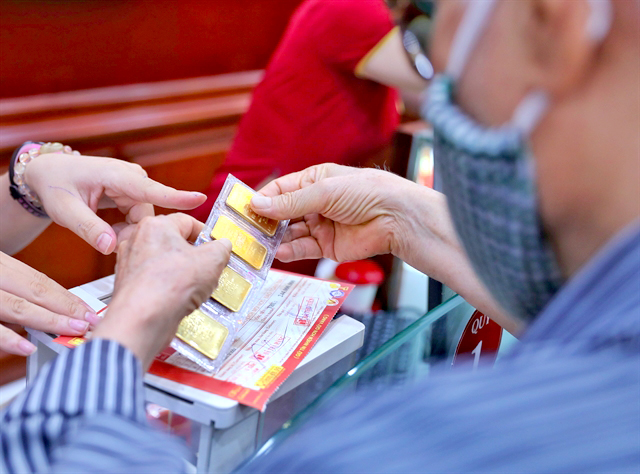 Business Beat
Business Beat
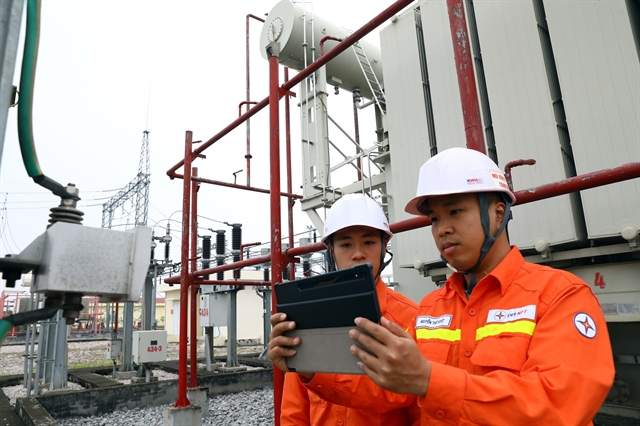
With lending to the property sector almost surely to be tightened, analysts are calling on real estate firms to securitise their projects and list their shares on the stock markets to raise money from the public.
Property developers urged to look for alternative capital sources
With lending to the property sector almost surely to be tightened, analysts are calling on real estate firms to securitise their projects and list their shares on the stock markets to raise money from the public.
In a draft document the State Bank of Việt Nam has circulated to gather opinions from financial institutions, it proposes increasing the risk weightage assigned to loans against property and securities from 150 per cent (the lowest level) to 250 per cent.
The cap on the ratio of short-term funds used for medium- and long term loans might be reduced from 60 per cent to 40 per cent.
The central bank’s move is aimed to ward off a possible credit crisis in case of a property bubble.
There are many good reasons for real estate firms to raise funds on the stock markets by securitising their projects, one of which is that the shares of property companies have become attractive since many housing projects are proving to be highly profitable.
In fact, trading of property firms’ shares account for 18-20 per cent of daily turnover. Some 60 of them are listed with their combined market capitalisation making up 12 per cent of the total market cap, behind only the banking and food sectors.
Analysts said securitisation to attract investments is feasible at this juncture, especially of major housing projects with prestigious owners, thanks to the real estate market’s strong recovery.
Property securitisation describes the process of transforming direct ownership of real property, such as land and buildings, into indirect ownership through investment in marketable securities.
In Việt Nam, though the laws allow developers to securitise their projects, there has not been much action on the ground.
Analysts said securitising property projects requires a developed secondary financial market, which is not the case in the country, so that the securities can be traded.
They however said property securitisation was not easy to be realised since listed real estate firms’ ability of attracting capital on the stock markets seems to be lower than those of firms in the other sectors.
This is because many securities investors always want to immediately see results from the business that they invest into, while effectiveness of a real estate project cannot be evaluated untill at least one year or more. So, investing into the real estate sector is know as a long term business.
In addition, specific listing criteria for real estate projects have yet to be worked out to enable developers to securitise their projects.
Besides securitisation, analysts also called for setting up real estate investment funds or trust funds, describing them as another effective alternative to raise capital for their projects.
Such funds, like mutual funds, enable small investors to put their money into real estate.
The funds offer a low-cost capital alternative and have proven highly successful in many countries.
The analysts said the most important thing to ensure the success of such funds is their prestige.
Transfer of cashew processing technology urged to be stopped
In a memo sent to the ministries of industry and trade, finance, agricultural, interior affairs, and science and technology and the Việt Nam Cashew Association (Vinacas), a group of domestic cashew processors have called for stopping the transfer of the country’s outstanding cashew processing technology and equipment to African nations.
They also urged Vinacas and other organisations and individuals to stop technology transfer to African countries that produce unprocessed cashew.
Their rationale is that that if they get the technologies, African countries will reduce sale unprocessed cashew to Việt Nam. The Ivory Coast, Ghana, Benin, Guinea Bissau, and Mozambique are implementing a policy of protecting domestic production and limiting exports.
The recent reduction in exports of unprocessed cashew has resulted in a shortage that is causing huge damage to Vietnamese processors since raw cashew grown in Việt Nam can only meet half their need.
Thousands of jobs are under threat, they warned.
Since 2006 Việt Nam has always been the world’s top exporter of processed cashew though also the biggest importer of unprocessed cashew.
Vietnamese cashew firms say the secret lies in a processing technology developed in 1984 by a group of agricultural engineers in HCM City that helps minimise losses. Over the last 20 years the technology has been constantly improved, helping the country export around US$2 billion worth of nuts annually.
The technology has also captured the attention of many nations with a traditional cashew industry like India and Brazil besides the African nations.
Since 2006 many delegations from India, Nigeria, Mozambique, Tanzania, and the Ivory Coast have come to Việt Nam to study the technology.
The export of the technology was once considered in 1999, but it did not materialise in the face of fierce opposition from the public and cashew industry.
Việt Nam imported 867,000 tonnes of unprocessed cashew from 25 countries, mainly in Africa, of which 302,000 tonnes coming from Ivory Coast.
If they acquire the technology from Việt Nam, not only are the African countries likely to stop exports of raw cashew, but they are also sure to become major rivals in exporting processed cashew.
New power pricing method to benefit investors
Investors in the power sector are set to benefit as the Government has approved a new power pricing method whereby electricity prices would automatically be adjusted following changes in fuel prices, exchange rates and power distribution.
The new method is specified in the revised master zoning plan for power development in 2011-20 approved by the Government last month.
The plan seeks to revise electricity tariffs in a way that ensures investors can recover their costs and power stations can make reasonable profits and become financially independent.
Relevant ministries and agencies will fix the tariffs based on seasonal and regional factors. Many different prices applied based on categorisation of consumers and locations will be gradually abolished.
Ministries and other agencies will consider the financial status of regions and consumers living in border, rural and mountainous areas and islands to set power prices and reasonable subsidies to help boost the development of these regions.
The plan envisages prioritising coal mines in the country for thermal power plants, especially those with a designed capital of 2,600MW.
Việt Nam will build nuclear power plants to ensure stable electricity supply in the future when primary energy sources have been used up.
The first nuclear power plant is expected to go on stream in 2028 and reach a capacity of 4,600MW in 2030, accounting for 5.7 per cent of the country’s total power output.
The funds needed for new power projects, excluding those under the build-operate-transfer form, and the national power grid is estimated at $148 billion in the 2016-30 period. -- VNS

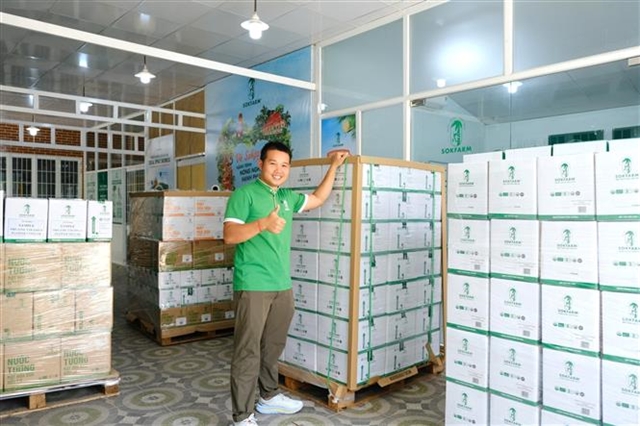
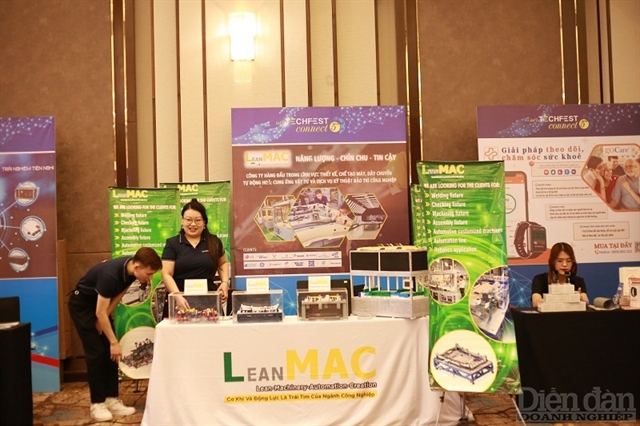


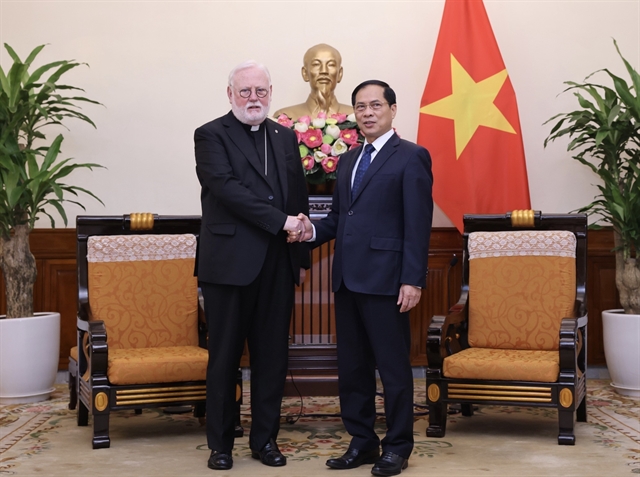


.jpg)
